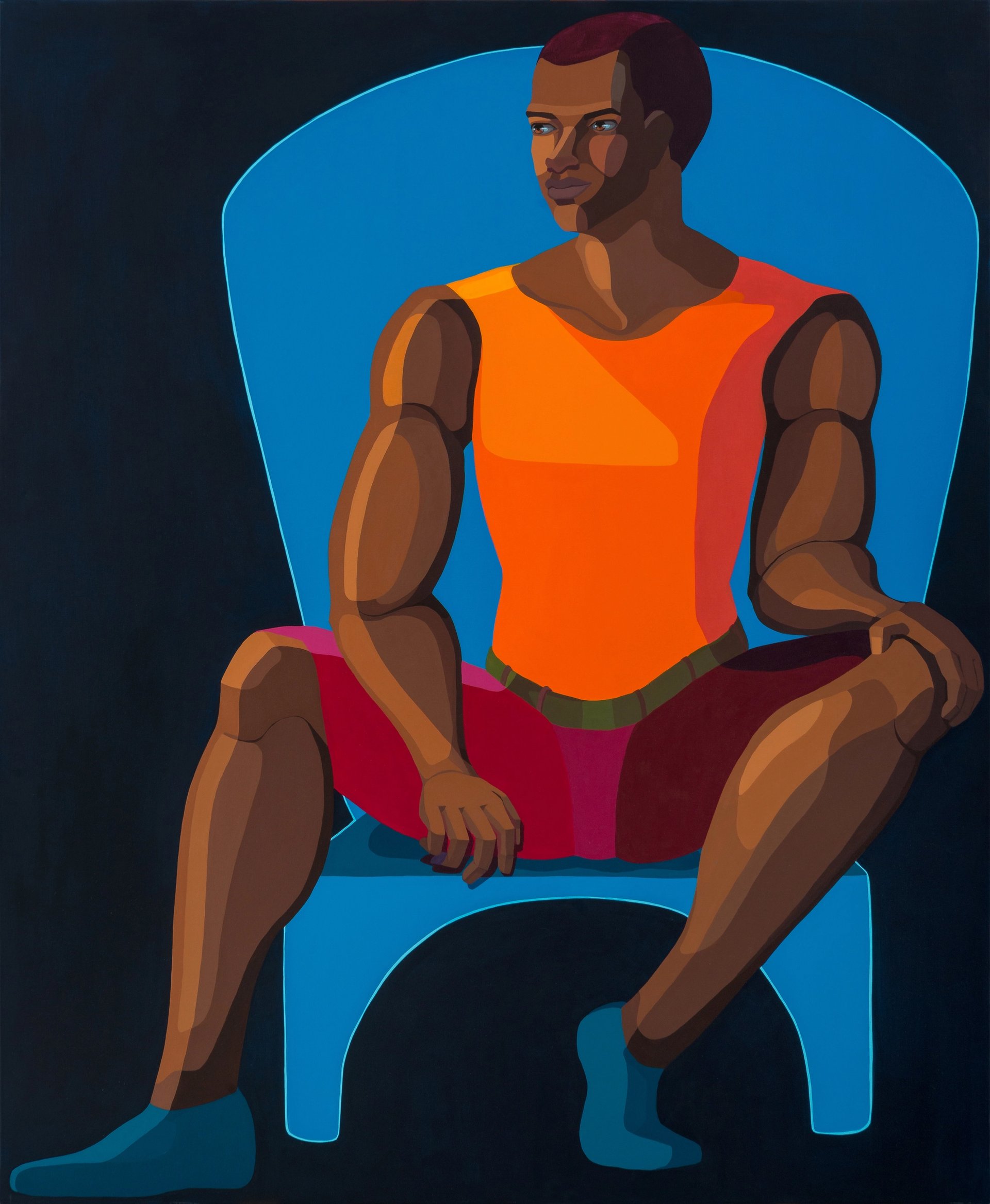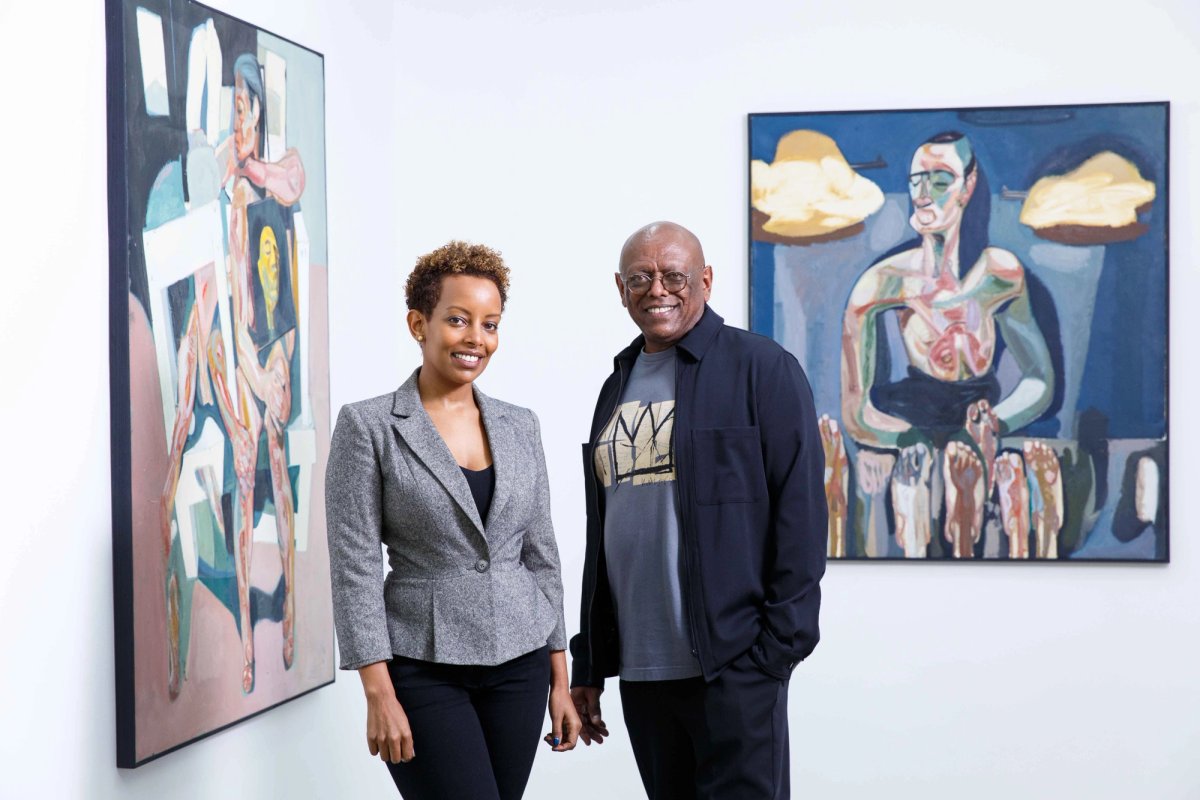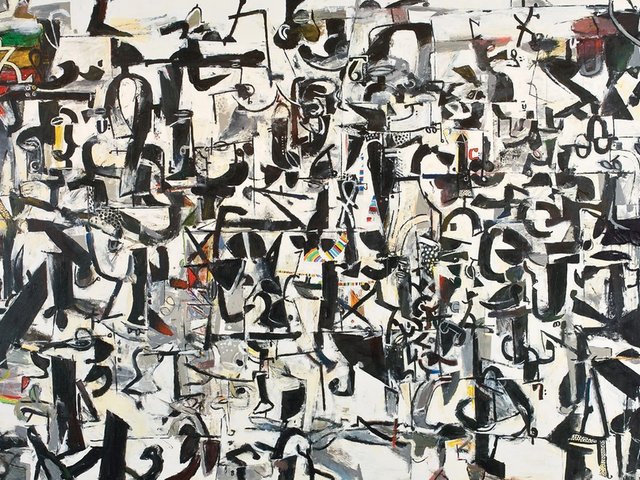Bucking the apparent trend of galleries giving up physical premises during the pandemic, the Ethiopia-born gallery Addis Fine Art is opening its first permanent London gallery this October.
The split-level, 2,000 sq. ft space on Eastcastle Street, in the heart of Fitzrovia’s gallery district, will open with a show of works by Nirit Takele, an artist who was born in Ethiopia in 1985 but moved to Israel in 1991 as part of Operation Solomon that saw more than 14,000 Ethiopian Jews evacuated.
“What I realised was that the best strategy for us is to have a grounded place in London where we can have eight or ten shows a year and also continue growing our digital sales, because they have been an absolute lifeline and been where we've discovered a lot of our new clients in this time,” says Rakeb Sile, who co-founded Addis Fine Art in 2016 with Mesai Haileleul. The gallery is a member of London's Cromwell Place and had been hiring space for occasional exhibitions, but for ten shows a year it makes financial sense to take a permanent gallery, Sile says.
Since the start of the pandemic, Addis Fine Art has done “pretty much any online viewing room that was available to us, including Vortic, South South, Frieze New York and Art Basel,” Sile says. These digital innovations “allowed us to really grow our reach without all of that travelling around… it’s much better from the perspective of the environment and our cost base.”

Nirit Takele's Young Man Sitting On Blue Chair (2021) Courtesy of Addis Fine Art
But Sile says that the gallery’s own Instagram account has proven to be the most effective sales platform: “That is really where we meet younger collectors and make connections with new people who are not really in the art world. Instagram has been a great tool.” In fact, despite the pandemic, the past year has been commercially successful for the gallery: “We have doubled our sales and we doubled in size, pretty much, in terms of our reach. But we've doubled sales every year since we started and we have artists now who are commanding quite high prices, so we're getting bolder."
The gallery will exhibit at Frieze London (13-17 October) in the Focus section, its first time applying to the fair, with a presentation of paintings by the Ethiopian artist Merikokeb Berhanu who, Sile says, is “getting a lot of traction with curators at the moment”. Meanwhile, over at 1-54 Contemporary African Art Fair (14-17 October) at Somerset House, Addis will show works by its diaspora artists—Tariku Shiferaw, Helina Metaferia, Tsedaye Makonnen and Tesfaye Urgessa. The gallery has also just returned from showing at the Armory Show in New York, where it exhibited the works of Tizta Berhanu, another Ethiopian artist.
Addis Fine Art is one of the very few Black-owned gallery in London and Sile is well aware that the market for what is loosely-termed “African” contemporary art is growing fast. “The speed [of growth] does concern me because I think what's missing is the scholarship, the writing, the critical viewpoints. And actually, representation is missing—if you look at a range of galleries who represent African artists, even on the continent itself, I don't think you'll find more than a handful of Africans actually owning galleries.”
She adds: “Also Africa is not one place, Africa is huge and so diverse. So I think that one of the things we're really proud of at the gallery and we want to continue doing is only dealing with this little part of Africa [Ethiopia]. And it’s actually not little, it’s massive—110 million people!”
Addis Fine Art will retain its original space in Addis Ababa, Ethiopia, which Sile describes as an “incubator” for younger artists and a “gallery that allows artists to come home and share their artwork in Ethiopia.” Logistics are difficult in Ethiopia, Sile says, so “we can never really do 10 shows a year there—four or five shows a year is pretty much what we aim for.” Most importantly, it’s a place for a local audience to be able to come and see art in a country where public institutions are in short supply.




